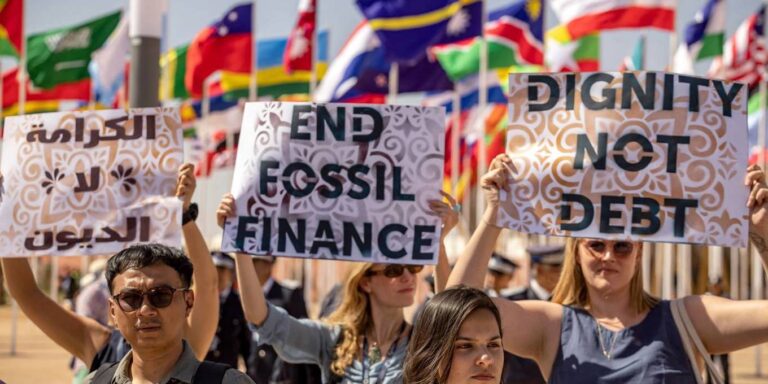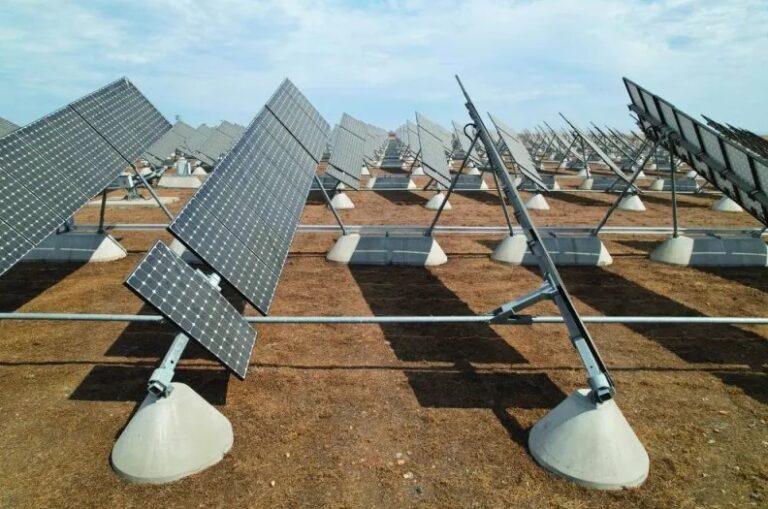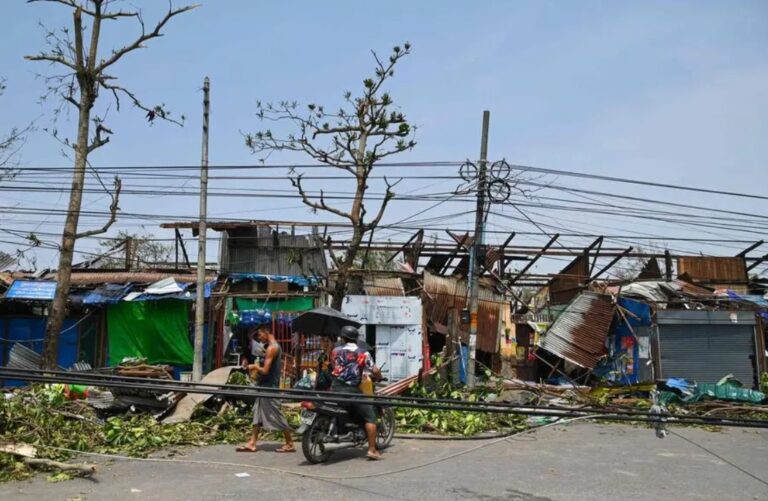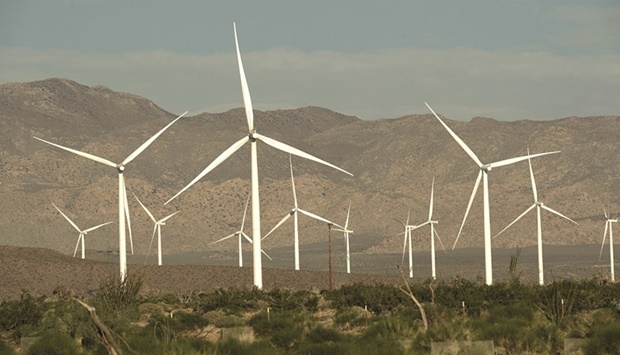Developing Countries Need Debt Relief to Act on Climate Change

While developed economies have pledged to increase climate financing sharply by 2030, developing-economy policymakers are struggling to cover the costs of action. With medium-term strategies being used to address a short-term threat, progress on the green transition will be undermined, with potentially catastrophic implications.
WASHINGTON, DC/PARIS – If developing economies found it hard to manage their debts in 2023, they are likely to face even more formidable challenges this year. Though most possess relatively small debt stocks and are not considered insolvent, many are in dire need of liquidity. As long as this remains true, they will struggle not only to manage their debts, but also to invest in the green transition.
Developing economies have faced a series of external shocks in recent years, including the COVID-19 pandemic, war-related disruptions of food and energy supply chains, and an uptick in global inflation. Moreover, their access to capital markets has been curtailed, preventing them from rolling over maturing loans, as they would do in normal times. As a result, countries have been forced to channel a large share of their tax and export revenues to service their debt, avoiding default at the cost of priorities like infrastructure investment, social-welfare programs, and climate action.
The outlook for these countries is likely to worsen in the next few years. According to estimates by the Finance for Development Lab (FDL), large debt payments are coming due in 2024 and 2026 for at least 20 low- and lower-middle-income countries. As countries hit this “debt wall,” their already fragile fiscal positions will deteriorate further. This does not bode well for climate action.
Climate change is not some distant menace; its effects are already being felt worldwide, especially in climate-vulnerable developing economies. But international summits on the topic last year sent a disappointing message: while developed economies pledged to increase climate financing by 2030, developing-economy policymakers are struggling against severe fiscal constraints. With medium-term strategies being used to address a short-term threat, developing and emerging economies have been expressing frustration, including at the Summit for a New Global Financing Pact that was held in Paris last June.
Multilateral development banks can provide an essential lifeline, but their capacity would have to be strengthened – and quickly. According to World Bank data, the new concessional loans the world’s poorest countries received from MDBs in 2022 were smaller than these countries’ debt-service payments, a large share of which went to private and bilateral creditors. Increasing capital flight from the developing world – driven not least by monetary tightening in advanced economies – will intensify the needs of illiquid lower-income countries.
But it is not only a matter of financial capacity. MDBs have so far been inconsistent, at best, when it comes to supporting countries struggling to repay their debts. For example, both Kenya and Ethiopia have been under pressure to repay their private and Chinese creditors, which are now collecting more in debt-service payments than they are providing in new loans. But only Kenya received enough support from the International Monetary Fund, the World Bank, and others to refinance its debt that is maturing this year.









By contrast, assistance to Ethiopia has declined in recent years. As a result, Ethiopia recently defaulted on its external debt, even though it amounts to just 25% of GDP. While the Kenya approach is not the solution – providing similar levels of support to all illiquid countries would require a tripling of MDB flows – this is clearly unacceptable.
A better approach would focus on closing the gap between short-term debt concerns and long-term investment needs, by unlocking net-positive inflows for countries facing liquidity constraints. As the FDL has proposed, an agreement among debtors, creditors, and MDBs to permit countries to reschedule debts coming due – delaying maturities by 5-10 years – would create fiscal space for climate-friendly investments, financed by MDBs.
For this liquidity bridge to work, MDBs would have to accelerate progress on implementing existing reform plans and increase funding substantially, while the IMF helps manage debt-rollover risks. Importantly, private and bilateral creditors would have to agree to the rescheduling. That is why, compared to the Debt Service Suspension Initiative that the G20 introduced in 2020, the proposal includes stronger incentives for private-sector creditors to participate, in addition to longer time horizons.
There are good reasons to believe that creditors can be convinced to join the program voluntarily. It is, after all, in their best interest to remain invested in solvent countries with strong growth prospects; no one benefits from debt crises like those that have ensnared Zambia and Sri Lanka. In any case, creditors would continue receiving interest payments, and as global interest rates fall and economic-growth prospects improve in the coming years, debtors may well be able to return to capital markets and resume repayment of the principal.
Shaping a workable blueprint along these lines is a task for upcoming international gatherings, such as the G20 summit in Brazil later this year. Logistical and financial coordination will be needed to ensure sufficient liquidity. Coordination among the IMF, the World Bank, and regional development banks will also be essential to ensure that participating debtor countries pursue investments that genuinely support green growth.
If nothing is done to help countries facing liquidity crises, the world will risk a wave of destabilizing debt defaults, and progress on the green transition will be severely undermined, with catastrophic implications for the entire world. Because promising solutions like the liquidity bridge can prevent such outcomes, they deserve broad global support.